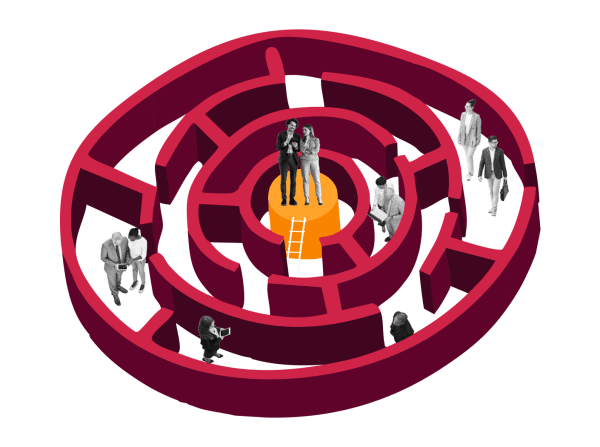Between today’s volatile business landscape, characterized by a complex global market, evolving workforce expectations, and geopolitical upheaval, organizations of every size face increasing challenges in developing successful strategies (especially ones that your people believe in).
The challenges are particularly acute for HR professionals at SMBs who are tasked with implementing people-centric initiatives that drive growth and future-proof their businesses.
With all of these mounting challenges, how can HR professionals empower SMBs to thrive in today’s business landscape?
In smaller organizations, HR professionals operating as teams of one (or, at most, one in each HR function) wrestle with the combined challenges of having limited resources and an ever-growing list of responsibilities.
This includes everything from managing global teams and planning for workforce needs to adapting to change, ensuring accurate payroll, and managing data effectively.
The key to tackling all of this?
Start managing your SMB like an enterprise.

<<Power up your SMB with enterprise strategies. Download the free guide.>>
How to manage your SMB like an enterprise
With a focused approach to people-first business management and innovative solutions set up for scalability, you’ll be setting your team up for long-term success.
This approach will also help improve your productivity and efficiency along the way.
When you build processes fit for enterprises right from the start, the scale-up transformation is smoother—for everyone across the business.
Managing your SMB like an enterprise starts with rethinking your approach to HR management and investing in an HCM designed for growing businesses. This will allow you to grow your people team’s capabilities without having to rely on headcount.
Making this shift means structuring workflows, creating single processes for global teams (with local variations to meet country-specific compliance standards), and (most importantly) investing in HR tech for SMBs that enable employee self-service and consolidate information into a single platform for data and process consistency.
In this guide, we’ll take you through some specific challenges HR professionals at SMBs contend with regularly and how to solve them. We’ll also touch on how the right HCM or HR tech is core to supporting businesses as they grow from SMBs to scale-ups to enterprises.

Challenge #1: Increase HR productivity and efficiency
For growing SMBs, companies often expect the HR team to take on more responsibilities without adding to the headcount.
As responsibilities grow, an HCM platform can be a powerful solution that helps increase productivity without expanding your team.
An effective HCM includes automation and allows you to perform repetitive tasks that typically drain time and resources faster. Automating processes like onboarding or time-off approvals frees up HR to focus on more strategic work, like supporting organizational goals and cultivating a people-first environment.
Introducing HR automation will also give HR teams the space and freedom to play a more meaningful role in the company’s growth—creating an efficient and rewarding work culture.
A well-integrated HCM also reduces the costs and complexity of juggling multiple systems. Ultimately, the right HCM makes HR a more strategic partner in organizational success.
By consolidating tools into one platform, your team can eliminate the fatigue of managing disjointed data and spreadsheets, making operations smoother and improving data accuracy.
With all data flowing through a single source of truth, HR can operate confidently, knowing that the information they rely on is always up to date and reliable.
What does this all mean? When you leverage HCM automation, your HR team can contribute significantly to the company top objectives by enhancing operational efficiency, reducing costs, and creating capacity for higher-level projects—helping your organization scale sustainably.
Challenge #2: Improve data management and integrity
As SMBs scale, managing workforce data accurately and securely becomes more and more complex.
But you can consolidate your HR tech stack into a single, trusted platform that enhances data management and supports compliance across all sites with a well-chosen HCM.
By centralizing your workforce data, your HCM can serve as a single source of truth—reducing inconsistencies and minimizing data errors. This unified approach can help you ensure HR, IT, and cybersecurity teams stay aligned and make it easier to protect sensitive information and maintain data integrity.
A secure, integrated HCM also allows you to manage and access workforce information quickly and confidently. This helps position the HR team as a proactive partner in maintaining data accuracy and compliance—both crucial elements for scalable, sustainable growth.

Challenge #3: Manage the increasing complexities of your distributed workforce
As your SMB expands across regions and countries, managing a distributed workforce brings new complexities into play.
The good news is that you can support consistency and localization—while giving your people a consistent employee experience—with an HCM tailored to your global strategy.
You can automate and adapt processes, documents, and policies to fit local requirements with a best-in-class HCM built for the modern world of work—and maintain alignment with your global strategy. This flexibility allows HR to navigate regional compliance needs without having to create separate, disconnected workflows.
A unified platform also gives you a single view of your global workforce data, providing HR, managers, and individual contributors consistent access to relevant information at every location.
You can also leverage your HCM to simplify the management of a complex, distributed workforce and operate with greater precision and adaptability. Lean on your HR tech to continue supporting sophisticated operations as you scale and support all of your team members, no matter their location.
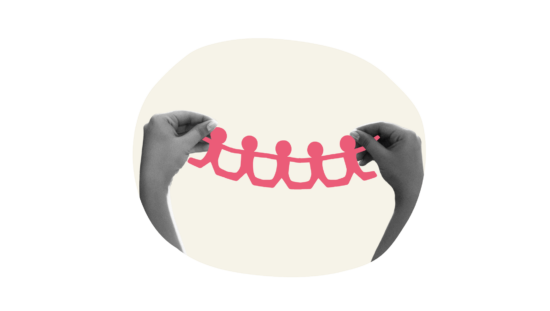
Challenge #4: Make data-based decisions
Data forms the foundation of today’s business world. The ability to use that data to make informed decisions is essential for sustainable growth.
A modern and robust HCM makes it possible by empowering HR teams to:
- Harness the power of data. Access real-time people data and advanced analytics to identify trends, monitor team engagement, and measure the impact of people programs.
- Drive strategic decision-making. Make data-informed decisions to optimize workforce planning, talent acquisition, and employee development.
- Demonstrate HR’s value. Prove the ROI of people initiatives and position HR as a strategic partner and revenue generator, not a cost center.
- Enhance organizational agility. Respond quickly and effectively to emerging challenges and opportunities by leveraging data-driven insights.
The right HCM empowers HR teams to unlock the full potential of their workforce, future-proof the business, and contribute to the organization’s overall and lasting success as it grows.

<<Power up your SMB with enterprise strategies. Download the free guide.>>
Challenge #5: Manage change and champion organizational adaptability
Growth brings change.
And the smoother those transitions, the better positioned your team will be to adapt.
An HCM platform can be your go-to solution for managing change with ease, offering clear insights into workforce data and tools to test new ideas.
By using sandbox environments within your HCM, you can model different scenarios and anticipate their impacts before rolling out changes organization-wide. This kind of planning lets you stay agile and helps you prepare for shifts in team structure, policy updates, or process changes without disrupting day-to-day work.
Your HCM can also strengthen communication across the team, making it easier to embed change readiness into your workflows and core values. With a proactive approach to change, your organization can respond quickly to new challenges, helping your people feel supported and prepared as the business evolves.
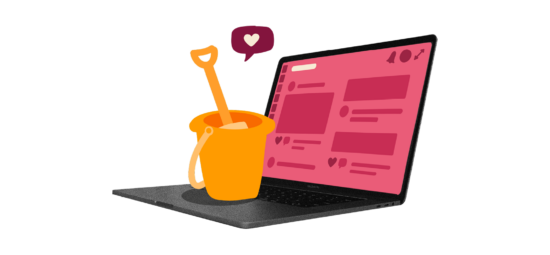
Challenge #6: Implement custom L&D programs
As your team grows, so does the need for targeted expertise across roles.
Tailored learning and development (L&D) programs, supported by a strong HCM, can help you make sure everyone has access to the right training for their role and career path.
With an HCM, you can map out each person’s progress and skills, keeping track of development across the entire organization.
This lets you create customized learning paths and monitor the impact of training investments on leadership, professional growth, and overall performance. Because when people feel supported in their development, they’re much more likely to stay engaged and committed to your organization’s goals.
Implementing robust L&D programs is about skill-building and creating a people-based culture of growth. With the right tools in place, your HCM can help you empower people at every level to learn, lead, and succeed as your organization scales.

Challenge #7: Create a positive work environment
Purpose, shared values, and a commitment to inclusivity are the building blocks of thriving work environments.
With the right HCM, you can keep these goals front and center, helping to create a positive culture where everyone feels connected and valued.
Using custom workflows and engagement tools within your HCM, you can embed your organization’s values and goals at every stage of the employee journey—from onboarding to everyday interactions.
This keeps everyone aligned with your mission and builds a strong sense of belonging and purpose.
An HCM also makes it easy to track the impact of your initiatives across global teams.
You can monitor progress with tailored dashboards and reporting features that let you monitor progress and equip you with insights into how your workplace culture initiatives are resonating and where you might need adjustments.
With this kind of data to back your efforts, building a positive work environment becomes a continuous, intentional process that evolves as your team grows.
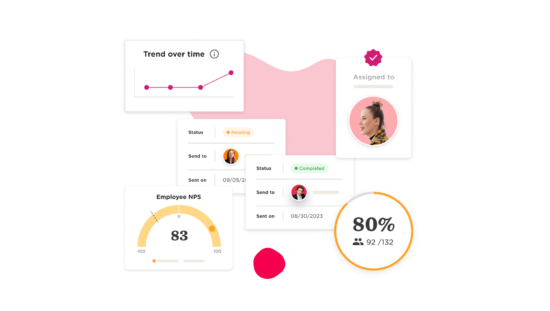
Challenge #8: Ensure effective and compliant compensation management
Effective and fair compensation management is essential for attracting and keeping top talent.
With an HCM that includes advanced compensation management features, you can keep on top of pay transparency, make sure you stay compliant, and support a culture of fairness.
Having the right HCM allows you to set up standardized compensation practices across regions, ensuring consistency while accommodating local requirements. This transparency promotes trust and helps your organization meet regulatory standards and manage budgets effectively.
Your HCM can help you build a foundation of equity and transparency by supporting fair and compliant compensation, boosting retention and engagement.
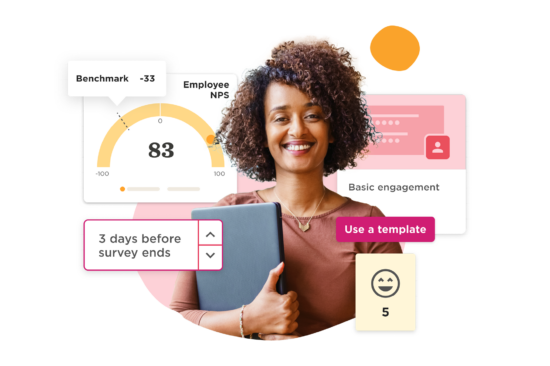
Recommended For Further Reading
Challenge #9: Find workarounds for unavoidable manual tasks with third-party systems
Manual work is one of HR’s biggest headaches.
This is especially true in SMBs, where limited integration across platforms can be a challenge. Even with the most advanced HCM, certain third-party systems—like payroll, 401k, and government compliance platforms—can’t be integrated for legal reasons and require manual input.
These isolated systems create extra work, but your HCM can still help streamline the process.
By creating workflows within your HCM, you can minimize errors and save time by setting up steps and triggers to manage manual tasks efficiently.
For example, if a team member updates their address in your HCM, you could set up a workflow that prompts HR to update this information in other platforms, like payroll and benefits.
This way, you have a guided process that ensures consistency across all necessary systems.
With workflows tailored to your organization’s needs, you can reduce the strain of manual tasks and ensure that nothing slips through the cracks—even with siloed third-party platforms.
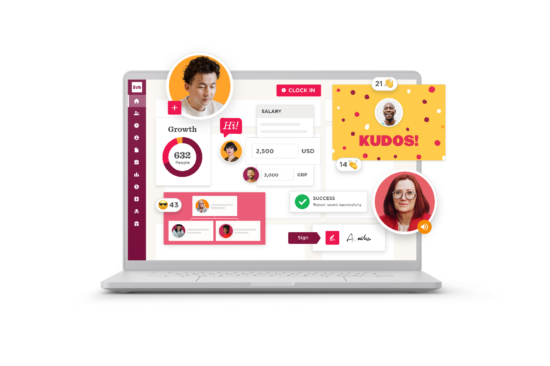
Setting your SMB up for long-term success
Scaling SMB operations is no small feat.
This is especially true in the world of HR, where effectively managing people, processes, and data can mean the difference between surviving and thriving.
By leveraging an HCM built for enterprise-level growth, your organization can tackle today’s challenges while laying a strong foundation for tomorrow.
From boosting productivity and data management to enhancing workforce adaptability, the right tools will allow HR to lead confidently and set your business on a path to sustainable success.
<<Power up your SMB with enterprise strategies. Download the free guide.>>
